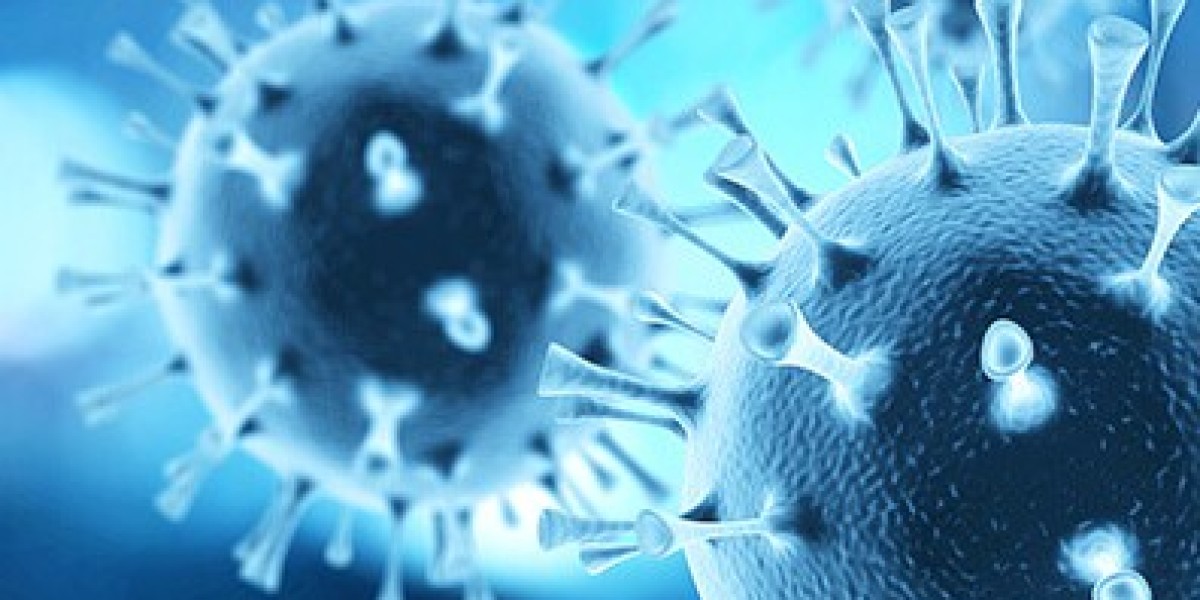In recent years, antimicrobial peptides (AMPs) have emerged as potent agents with potential applications ranging from therapeutics to diagnostics. Research into their synthesis and their integration into peptide drug conjugates promises to revolutionize modern medicine, offering new solutions in the face of rising antibiotic resistance. This article delves into the world of AMPs, the methods employed in their synthesis, and their role in peptide drug conjugates.
Antimicrobial Peptides: Nature’s Antibiotics
Antimicrobial peptides are short sequences of amino acids that have the intrinsic ability to neutralize pathogens, including bacteria, fungi, and viruses. Found in virtually all life forms, AMPs play a crucial role in the innate immune response, providing a first line of defense against infections. Their diverse mechanisms of action, ability to target a broad spectrum of microbes, and low likelihood of inducing resistance make them attractive candidates for therapeutic development.
Mechanisms of Action
AMPs can effectively disrupt microbial cells through various mechanisms:
Membrane Disruption: Many AMPs interact with microbial membranes, leading to pore formation, membrane disintegration, and cell lysis.
Intracellular Targeting: Some AMPs penetrate microbial cells and interfere with intracellular targets, such as nucleic acids and proteins, disrupting essential biological processes.
Immune Modulation: Beyond direct antimicrobial activity, AMPs can modulate the host's immune response, enhancing the ability to combat infections.
Synthesis of Peptides
The synthesis of peptides, including antimicrobial peptides, can be achieved through various techniques, primarily chemical synthesis and recombinant DNA technology.
Solid-Phase Peptide Synthesis (SPPS)
Solid-Phase Peptide Synthesis is the most commonly used method for chemical peptide production. This technique, pioneered by R. Bruce Merrifield, involves the stepwise addition of amino acids to a growing peptide chain anchored to an insoluble resin. The advantages of SPPS include:
High Efficiency: Allows for rapid assembly of peptides.
Automation: Can be fully automated, facilitating high-throughput synthesis.
Versatility: Suitable for synthesizing complex and modified peptides.
Recombinant DNA Technology
For producing longer peptides or proteins, recombinant DNA technology is employed. This method involves:
Gene Cloning: Inserting the gene encoding the desired peptide into a plasmid vector.
Host Expression: Introducing the plasmid into a host organism (e.g., Escherichia coli), which expresses the peptide.
Purification: Isolating the expressed peptide from the host cells.
Peptide Drug Conjugates
Peptide Drug Conjugates (PDCs) represent a cutting-edge approach to targeted therapy. By coupling peptides with therapeutic agents, such as drugs, toxins, or imaging agents, PDCs can deliver these payloads specifically to diseased cells, minimizing off-target effects.
Design and Synthesis
Designing effective PDCs involves several key considerations:
Peptide Selection: Choosing peptides that can specifically target diseased cells, often based on their interaction with receptors or other biomarkers overexpressed in these cells.
Linker Chemistry: Employing linkers that can stably attach the therapeutic agent to the peptide while allowing for controlled release at the target site.
Payload Selection: Selecting a therapeutic agent that can effectively eliminate or visualize the diseased cells.
Applications
PDCs have shown promise in various fields, including:
Cancer Therapy: Targeting tumor cells while sparing healthy tissue, thus reducing side effects.
Antimicrobial Therapy: Enhancing the efficacy of antibiotics, especially against resistant strains, by directing them to the site of infection.
Diagnostics: Improving the sensitivity and specificity of imaging techniques for detecting diseases.
Challenges and Prospects
Despite their potential, several challenges need to be addressed for the broader application of AMPs and PDCs:
Stability: Enhancing the stability of peptides in biological environments to prevent degradation.
Selectivity: Improving the selectivity of peptides to avoid off-target effects.
Cost: Reducing the cost of peptide synthesis to make these therapies more accessible.
In conclusion, antimicrobial peptides and their conjugates represent a promising frontier in medical science. Through advances in peptide synthesis and innovative drug delivery strategies, these molecules could lead to the development of next-generation therapeutics, addressing some of the most pressing challenges in healthcare today. As research continues, the vision of utilizing AMPs and PDCs in mainstream clinical practice becomes increasingly attainable.








